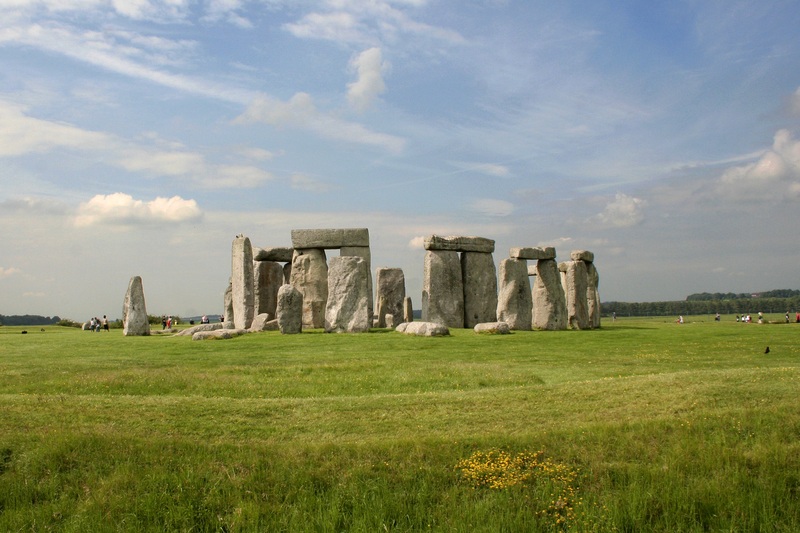Few weeks ago we visited one of the world’s most iconic landmarks – Stonehenge. Accompanied by two of my closest friends, we embarked on a journey that would not only educate us about this historic site but also leave us in awe of the architectural marvels of the past.
As we approached the Salisbury Plain in Wiltshire, England, the sight of the towering stone monoliths against the backdrop of the rolling green landscape was a breathtaking sight. Our anticipation grew as we delved into the history of Stonehenge, a site that has fascinated historians, archaeologists, and tourists for centuries.
Constructed in phases between 3000 and 2000 BCE, Stonehenge stands as a testament to the innovation and skill of our ancient ancestors. The primary structure consists of a circular arrangement of massive standing stones, each weighing several tons, surrounded by a circular ditch and embankment. While the exact purpose of Stonehenge remains debated, theories range from its potential as an astronomical observatory to a religious or ceremonial site.

The Stonehenge Visitor Center provided us with a wealth of information about the site’s history, construction methods, and the lives of those who built it. Interactive exhibits shed light on the tools and techniques used by the builders to transport and raise the imposing stones, showcasing their impressive engineering abilities.
One of the most captivating aspects of Stonehenge is its precise astronomical alignment. During the summer solstice, the rising sun aligns with the Heel Stone, casting a beam of light into the center of the monument. This alignment reflects the deep understanding of astronomy possessed by the ancient builders.
Leaving the visitor center, we approached the stone circle itself. As we walked the path leading to the stones, a sense of respect overcame us. The sheer size of the stones and the precision of their arrangement left us in admiration of the craftsmanship displayed by our distant predecessors.
Walking around the circle, we marveled at the individual stones, each with its unique characteristics. Some stones featured intricate carvings, known as petroglyph, adding an extra layer of intrigue to the site. The audio guide provided fascinating insights into the historical context and potential rituals associated with Stonehenge.

Seated on a nearby grassy area, we took a moment to absorb the significance of Stonehenge. The breeze seemed to carry echoes of the past as we contemplated the generations that had contributed to this timeless landscape. The site’s historical importance and its ability to spark our imagination made this visit truly memorable.
Stonehenge is not just a tourist destination; it holds the status of a UNESCO World Heritage Site and stands as a testament to our shared heritage. Ongoing efforts ensure the preservation of this monument for future generations, safeguarding its significance for years to come.
Our visit to Stonehenge was a deep dive into history, a chance to connect with the lives of our ancient ancestors. The site’s historical relevance, coupled with its architectural wonder, left us enriched and inspired. As we said our farewells to the monumental stones and the expansive surroundings, we carried with us not only memories but also a heightened understanding of the marvels that link us to our past.
If you’re ever seeking a voyage into history’s embrace, I wholeheartedly recommend a visit to Stonehenge. It’s an experience that will leave you in awe, appreciating the architectural achievements that continue to captivate visitors from around the globe.




Leave a Reply